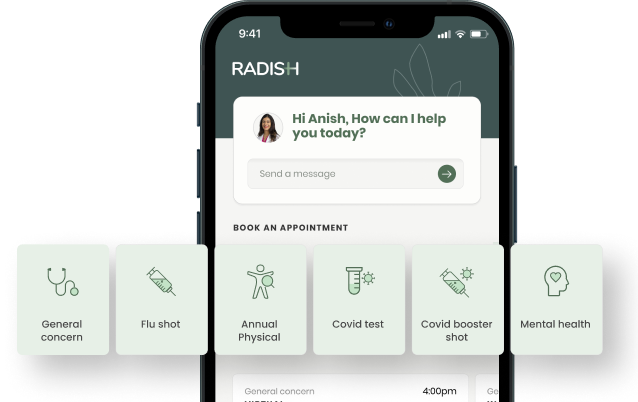Somatic Experiencing: A Body-Centered Approach to Alleviate Anxiety and Regulate Emotions

Megan McGinn, PsyD
Anxiety is a pervasive mental health issue that affects millions of people worldwide. While traditional treatments like cognitive-behavioral therapy (CBT) can be effective for targeting problematic thoughts, many patients still struggle with the emotional distress that anxiety wrecks on the body. Let’s learn more about how Somatic Experiencing can help!

Somatic Experiencing, a body-centered approach, aims to alleviate acute internal stress. It is an excellent solution to manage panic symptoms, fear, trauma responses, anger, or other emotions that can be disruptive, often making us feel out of control.
Understanding Somatic Experiencing
Somatic Experiencing (SE) is a form of alternative therapy developed by Dr. Peter Levine, based on his observations of animals in the wild. Despite being routinely threatened by predators, animals rarely show symptoms of trauma. This observation led Dr. Levine to conclude that the ability to rebound from threatening situations is a natural and innate process that humans have lost touch with.
SE emphasizes the importance of noticing and tracking bodily sensations or “somatic experiences.” It is based on the idea that trauma and stress trigger a fight, flight, or freeze response in the body, which can lead to symptoms of anxiety when not properly released.
Somatic Experiencing and Anxiety
Anxiety often manifests as a physical response to a perceived threat, resulting in symptoms like a racing heart, rapid breathing, and feelings of panic. SE helps individuals become more aware of these physical responses and learn to release the tension through grounding and self-regulation techniques.
- Grounding: Grounding techniques are used to help individuals stay connected to the present moment. This can involve focusing on physical sensations, like feeling the ground beneath your feet, or engaging in mindful breathing exercises.
Try it out! A body scan is a guided meditation where you observe the sensations in various parts of your body. - Self-Regulation: Self-regulation involves learning to manage your body’s response to stress or anxiety. This can involve techniques like progressive muscle relaxation, where you systematically tense and then release different muscle groups in your body.
Try it out! The progressive muscle relaxation technique can be helpful, and Wim Hof breathing can instantly reset stress hormones through breathwork. - Pendulation: This is a key concept in SE, referring to the natural rhythm between states of contraction (tension or distress) and expansion (relaxation or relief). By becoming aware of this rhythm, individuals can learn to move out of states of tension more easily.
Try it out! See this pendulation explanation, or try some yoga exercises for hip opening to relieve body tension/stress.
Somatic Experiencing offers a unique approach to managing anxiety by focusing on the body’s natural ability to heal and restore itself. By becoming more aware of bodily sensations and learning to regulate the body’s response to stress, individuals can effectively alleviate symptoms of anxiety. However, it is important to note that SE should be used as a complement to traditional therapy, not as a replacement. If you are interested in trying SE, reach out by chat or schedule a therapy appointment directly with your Radish psychologist!
Request a Free Demo
Learn how Radish Health can help you improve employee health and save on healthcare.
Request a Demo